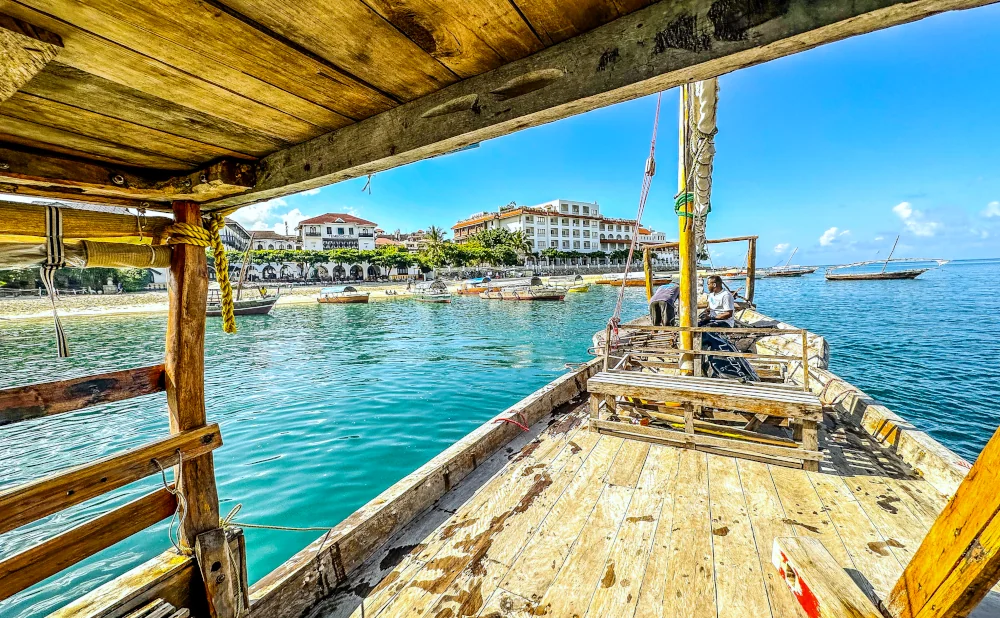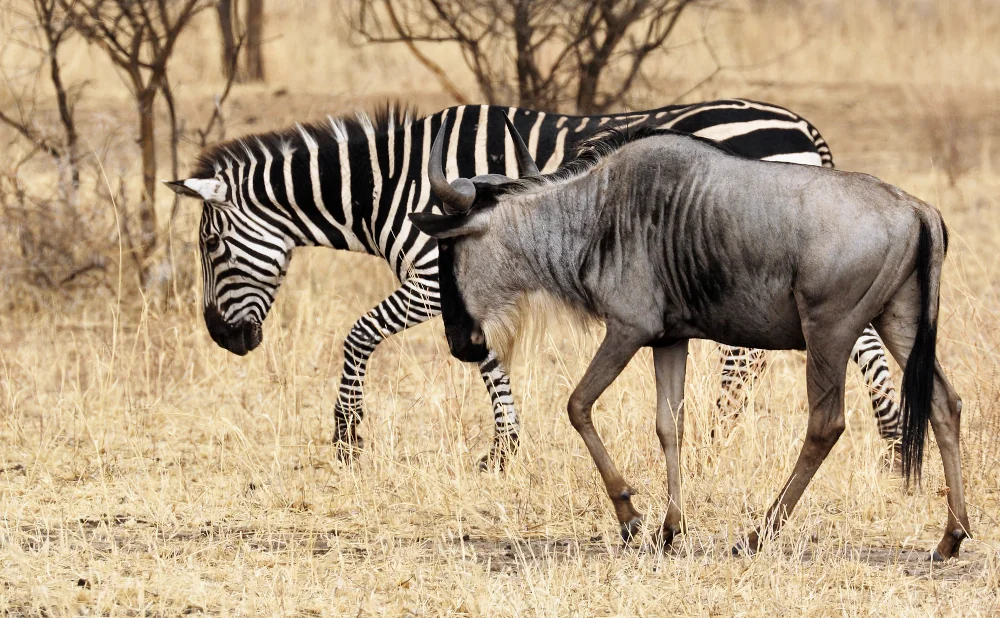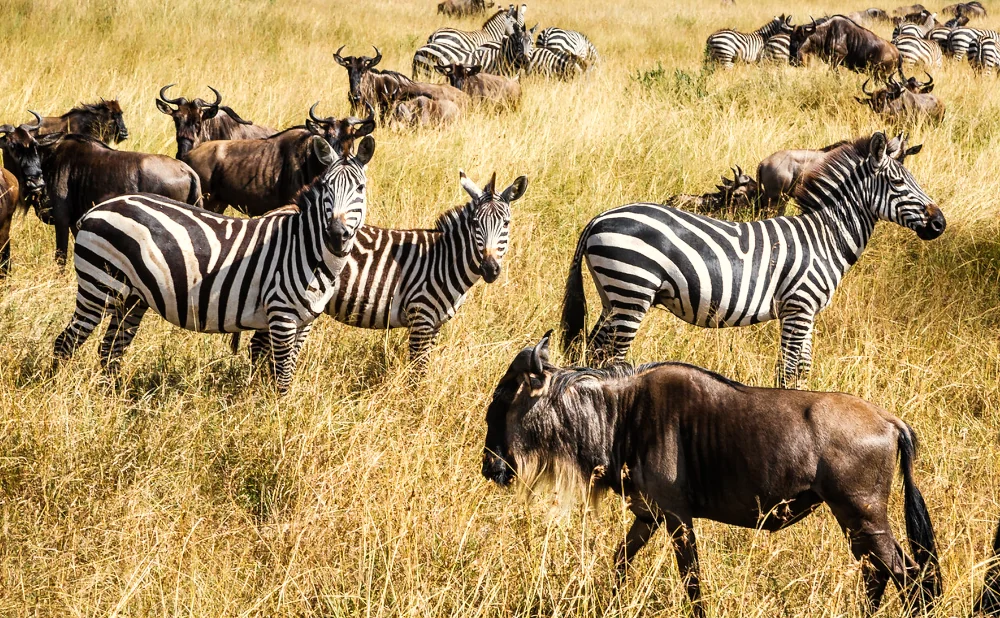Exploring Traditional Tanzanian Outfits and Styles
markdown Tanzania, a country rich in cultural diversity, is known for its unique traditional outfits. These outfits are not just clothing, but a reflection of the nation's heritage.
Each piece of attire tells a story. It speaks of the region's history, the people's identity, and their way of life. From the vibrant Kitenge fabric to the symbolic Maasai Shuka, Tanzanian outfits are a feast for the eyes.
But these outfits are more than just visually appealing. They carry deep cultural significance. They are worn during ceremonies, festivals, and even in everyday life, symbolizing different aspects of Tanzanian culture.
In this article, we will explore the world of traditional Tanzanian outfits. We will delve into their styles, their significance, and how they are worn. Whether you're a fashion enthusiast, a cultural historian, or simply curious, join us on this journey into the heart of Tanzanian fashion.
The Cultural Significance of Tanzanian Attire
In Tanzania, clothing is more than just a necessity. It's a form of expression, a way to communicate one's identity and heritage.
The designs, colors, and patterns of traditional Tanzanian outfits often carry specific meanings. They can denote social status, marital status, or even the wearer's tribe.
Moreover, these outfits play a crucial role in ceremonies and festivals. They are a symbol of unity and pride, bringing communities together.
In essence, traditional Tanzanian attire is a vibrant tapestry of the nation's rich cultural heritage. It's a testament to the country's past, a reflection of its present, and a beacon for its future.
The Vibrant Kitenge Fabric
One of the most recognizable elements of Tanzanian attire is the Kitenge fabric. This vibrant, printed material is a staple in the wardrobes of many Tanzanians.
The Kitenge is known for its bold, geometric patterns and rich colors. Each design is unique, often telling a story or conveying a specific message.
Despite its traditional roots, the Kitenge has found its place in modern fashion. It's used in everything from dresses and skirts to accessories, showcasing the versatility of this iconic Tanzanian fabric.
The Kanga: More Than Just Clothing
Another key element in traditional Tanzanian outfits is the Kanga. This rectangular cloth is more than just a piece of fabric; it's a cultural symbol.
The Kanga is often adorned with Swahili proverbs or sayings. These messages can range from advice and wisdom to expressions of love and friendship.
Whether worn as a skirt, head wrap, or baby sling, the Kanga is a testament to the practicality and beauty of Tanzanian traditional attire.
The Maasai Shuka: A Symbol of Identity
The Maasai Shuka is a traditional outfit that is deeply rooted in Tanzanian culture. Worn by the Maasai people, this brightly colored cloth is a symbol of identity and heritage.
The Shuka is typically red with black, blue, or purple stripes. The bold colors and patterns are not just for aesthetics; they hold significant cultural meanings.
From shielding against harsh weather to serving as a blanket, the Maasai Shuka is a testament to the resilience and vibrancy of Tanzanian culture.
Beads and Jewelry: Accessorizing Tanzanian Outfits
In Tanzanian fashion, outfits are often complemented with intricate beads and jewelry. These accessories are not just decorative; they carry cultural significance and often denote social status.
Handcrafted by local artisans, these accessories add a unique touch to the traditional Tanzanian outfits. They are a testament to the skill and creativity of Tanzanian craftsmen and women.
Traditional Tanzanian Wedding Attire
Weddings in Tanzania are vibrant affairs, and the traditional attire worn is a significant part of the celebration. The bride and groom often wear outfits made from the same fabric, symbolizing unity.
The outfits are usually made from Kitenge or Kanga fabric, adorned with intricate patterns and bright colors. The choice of color and pattern often carries specific cultural meanings, adding another layer of significance to the occasion.
The Role of Outfits in Tanzanian Ceremonies and Festivals
Traditional Tanzanian outfits play a crucial role in ceremonies and festivals. They are not just clothing, but a way to express cultural identity and heritage.
For instance, during the Maasai ceremonies, the Maasai Shuka's vibrant colors and patterns are on full display. Similarly, during the Wazaramo tribe's Ngoma (dance) festivals, dancers wear Kanga wraps, adding to the visual spectacle. These outfits, steeped in tradition, add depth and richness to Tanzanian celebrations.
Modern Adaptations of Traditional Styles
In recent years, traditional Tanzanian outfits have found their way into modern fashion. Designers are blending traditional elements with contemporary styles, creating a unique fusion.
For example, the Kitenge fabric, once used for traditional dresses, is now seen in modern attire like jackets and skirts. Similarly, the Kanga's vibrant patterns are being incorporated into modern fashion accessories. This blend of old and new is a testament to the timeless appeal of traditional Tanzanian outfits.
Preserving Tradition: The Role of Artisans and Tailors
Artisans and tailors play a crucial role in preserving the tradition of Tanzanian outfits. They are the custodians of age-old techniques, passed down through generations.
Their craftsmanship is evident in the intricate designs and patterns seen in traditional attire. Despite the influx of modern fashion, these artisans continue to weave stories of Tanzanian culture into their creations. Their work is not just about making clothes, but also about keeping a rich cultural heritage alive.
The Global Influence of Tanzanian Fashion
Tanzanian fashion has made its mark on the global stage. The vibrant colors, unique patterns, and traditional designs have caught the attention of international designers and fashion enthusiasts.
From high-end fashion runways to street style, elements of Tanzanian outfits are being incorporated worldwide. This global recognition not only promotes Tanzanian culture but also opens up new opportunities for local artisans. The future of Tanzanian fashion looks promising, with its traditional outfits continuing to inspire and influence global trends.











